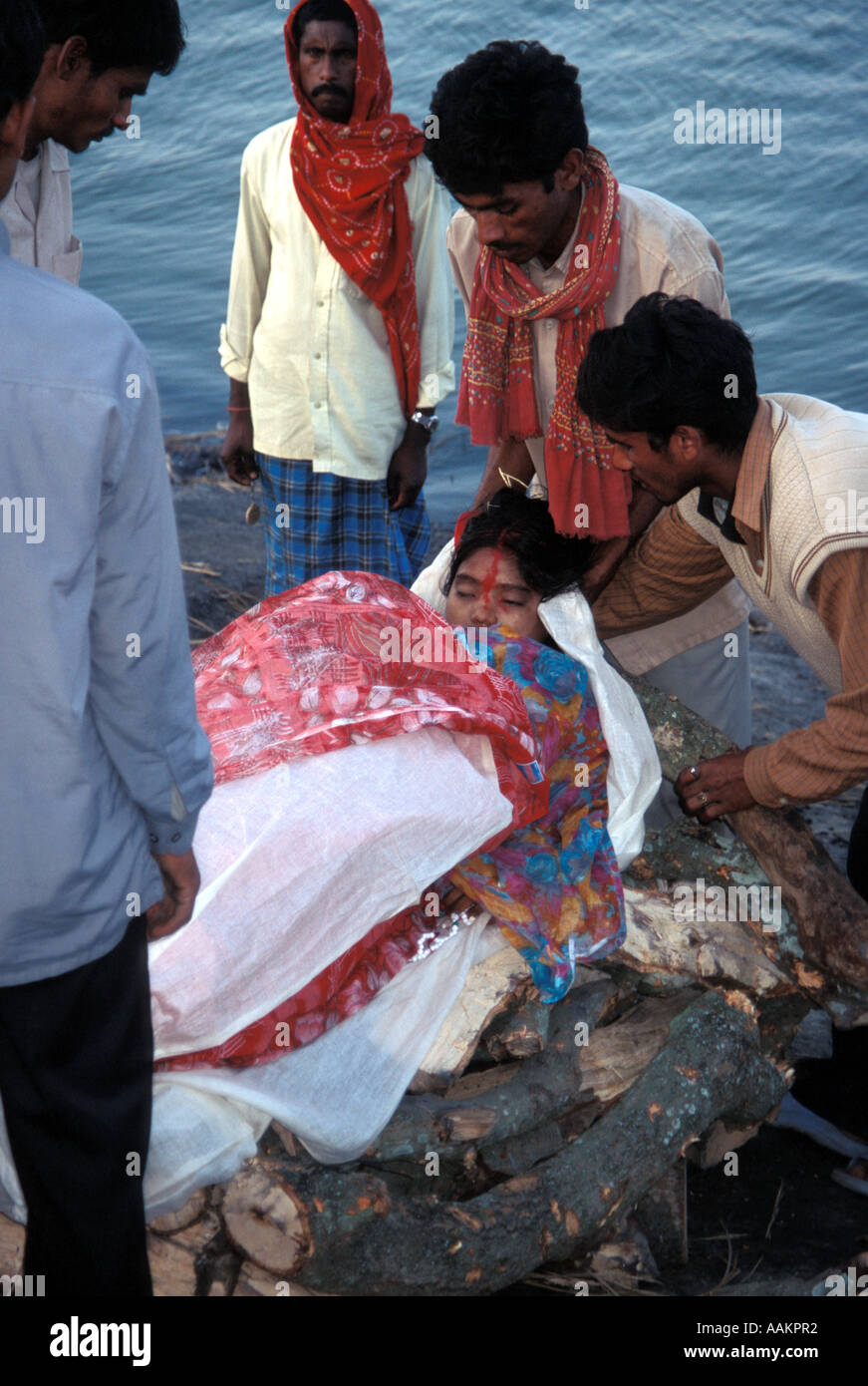River Life – Arsenic Poisoning Takes another Life - ‘Devil’s Water – Death on the Ganga’ reportage

Image details
Contributor:
Adrian Page / Alamy Stock PhotoImage ID:
AAKPR2File size:
52.6 MB (2.2 MB Compressed download)Releases:
Model - no | Property - noDo I need a release?Dimensions:
3511 x 5238 px | 29.7 x 44.3 cm | 11.7 x 17.5 inches | 300dpiLocation:
River Ganga, Ganges Bihar IndiaMore information:
Life – Our Style - Our Planet – River Life – Reportage ‘Devil’s Water’ The ‘biggest mass poisoning of humans ever known’ is a series of images relating to high levels of Arsenic that is contaminating the groundwater system in areas of the Indian subcontinent. The following are short reportage, editorial extras from ‘Devil’s Water’ that I wrote about this crisis: The ‘biggest mass poisoning of humans ever known’ is occurring on the Indian sub-continent where it is estimated that as many as 500 million people could be at risk from arsenic poisoning. This deadly killer has been discovered occurring in the groundwater system, not just in the Granges River delta region of West Bengal and Bangladesh as first thought but throughout much of the Gangetic Plain which includes the Ganga, Megna and Bramhaputra river systems.--- These are some of the most densely populated regions in the world and some of the most impoverished, with many families surviving on less than half a dollar a day. During the 1970’s, with growing concern about the increasing levels of water born diseases, UNICEF thought that the answer lay in accessing the groundwater and in good faith set the tube well revolution in motion. Millions of rural dwellers began turning away from their old traditional methods of accessing water such as from rivers, ponds or dug wells for the hand tube well. For farmers it was a god send not only could they access ‘safe’ drinking water they could now irrigate their crops as and whenever they wished. But unbeknown to UNICEF at the time many of these tube wells had been tapped into groundwater that contained dangerously high levels of arsenic. Now unwittingly millions of people were being slowly poisoned with arsenic. Today there are estimated to be between 8 and 12 million tube wells in Bangladesh alone. A country with an estimated 130 million people, 95% of whom rely on hand tube wells to access their ‘safe’ drinking.---- It is believed that the arsenic emanates from the Hi